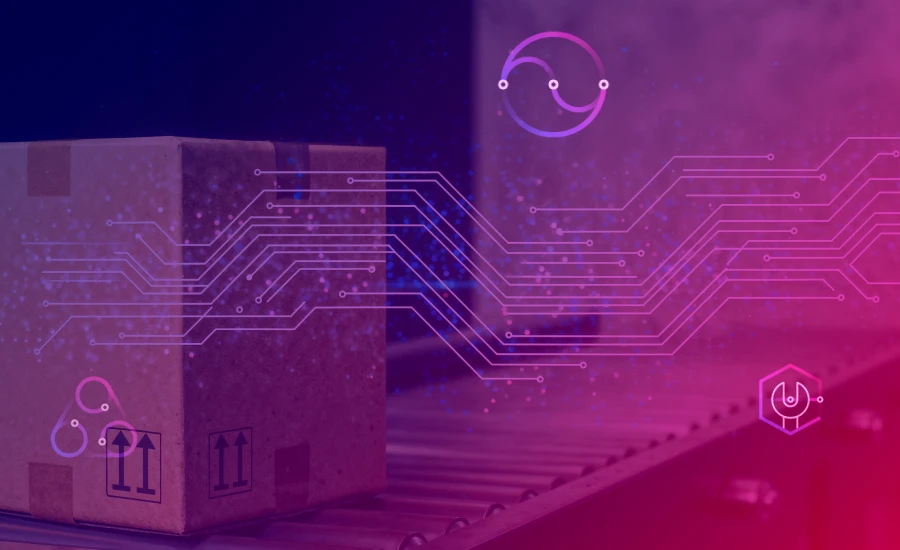The Sales and Operations Planning (S&OP) process aims to align sales, operations, and finance departments around an integrated and feasible plan. More than a monthly agenda, S&OP is a continuous cycle that seeks to anticipate the future and prepare the organization to meet it efficiently.
Today, Artificial Intelligence (AI) is already a reality in parts of this process — especially in demand planning. But its potential goes further: as we evolve in analytical maturity and in the integration between teams and data, AI can become a central gear for faster, more accurate decisions aligned with business reality.
A Real-World example: Yogurt on the shelf
Imagine buying a yogurt at a nearby supermarket. For this simple product to be available, several decisions had to be made in advance:
- The commercial team had to negotiate with the retailer.
- The logistics team planned the delivery.
- The distribution center stocked the item in the correct quantity.
- The production team manufactured the yogurt.
- The procurement team bought ingredients and packaging weeks in advance.
When we consider multiple SKUs, seasonality, promotions, and different channels (retail, distribution, e-commerce), complexity grows exponentially. The role of S&OP is to coordinate this chain to ensure that the right product is available in the right place, at the right time — at the lowest cost and with the highest possible return.
Where AI already delivers value: Demand planning
The starting point of S&OP is demand forecasting. And this is where AI has had the greatest impact so far.
How do predictive demand models work?
Traditionally, forecasts were made using simple statistical methods or human judgment. With AI, we use machine learning algorithms capable of identifying patterns in large volumes of historical data, while also incorporating relevant external variables.
Robust models typically follow a process like this:
- Build a historical sales database deep enough to capture trends and seasonality.
- Enrich with explanatory variables:
- Promotional calendars
- Regional holidays
- Temperature and weather
- Marketing events
- Economic indicators (e.g., inflation)
- Competitor actions
- Product cannibalization
- Curate the data with active participation from the business team — essential to remove irrelevant or distorted variables.
- Model using techniques such as decision trees, regressions, neural networks, or ensemble models, depending on problem complexity and granularity.
- Continuously evaluate, detecting outliers, revising forecasts periodically, and quantifying uncertainty.
More than just pointing to a number, good models also provide confidence intervals, highlight outlier forecasts, and explain which variables influence each result.
Note: The goal at this stage is to estimate unconstrained demand, meaning what the market would like to buy regardless of inventory or logistics limitations. Since this information is not always directly observable, indicators such as out-of-stock index, fleet availability, demand curve, and write-off costs of expired stock help calibrate the models.
Where AI can go further: Operations planning and optimization
With demand forecasting in hand, the challenge becomes: how to meet that demand, given real operational constraints? This is where optimization models come in — another area where AI can (and should) be leveraged more intensively.
How do optimization models work?
Unlike predictive models that anticipate behavior, optimization models aim to make the best decisions, considering clear constraints and objectives.
Typical steps include:
- Mapping structural parameters:
- Production capacity by line and plant
- Production and transport costs
- Supplier lead time
- Logistics rules and contracted service levels
- Defining the objective function:
- Minimize total cost?
- Maximize fulfillment of forecasted demand?
- Balance load across factories?
- Defining constraints:
- Maximum production and storage capacity
- Minimum SLA to be met
- Input and fleet availability
- Minimum production per factory
- Choosing an optimization algorithm that can generate viable operational scenarios to be compared by financial or risk criteria.
The big advantage is enabling structured simulations, such as:
- What happens if a supplier is delayed?
- Is it worth paying more for a faster transportation mode?
- Is it better to stop serving one region to maintain service levels in another?
The next step: Financial review and decision-making
Once operational scenarios are generated, the financial review stage begins. Here, simulation and sensitivity analysis models help answer critical questions:
- How much does it cost to lose a sale?
- Is it worth paying more for an urgent raw material?
- What is the financial impact of prioritizing one customer or region?
AI can also be used here to quantify these impacts and generate actionable insights. But more important than technology is ensuring that finance, commercial, and controlling teams are involved in defining trade-offs.
Artificial intelligence as a bridge between silos
While much of AI’s value lies in technical steps (predictive and optimization models), its impact only materializes when there is collaboration across areas. S&OP requires constant alignment between teams with different goals — and AI can act as a mediator, bringing data to support tough conversations and guide decisions.
To enable this, it’s also essential to invest in:
- Data governance, to ensure quality and integrity of information
- Multidisciplinary team engagement, focusing on value, not just technical accuracy
A culture of continuous learning, with short validation and adjustment cycles
Result already observed with AI in S&OP
Companies already applying AI in their S&OP processes have achieved tangible benefits:
- Fewer lost sales, by anticipating peaks and stockouts
- Optimized inventories, with less capital tied up
- Greater operational efficiency, avoiding production and logistics bottlenecks
- Better supplier negotiations, based on more reliable forecasts
These gains reinforce that AI is no longer just a future bet — it is a present lever, with room to grow.
Conclusion
S&OP is, by nature, a process of articulation and convergence. AI has the power to make it more precise, responsive, and aligned with market reality. We’re already seeing this impact in demand forecasting — and the next step is to expand its presence in operational and financial decisions, always with human support and business vision.
The more AI is integrated into companies’ day-to-day operations, the more S&OP will shift from an alignment exercise to a strategic performance engine.
 BLOG
BLOG